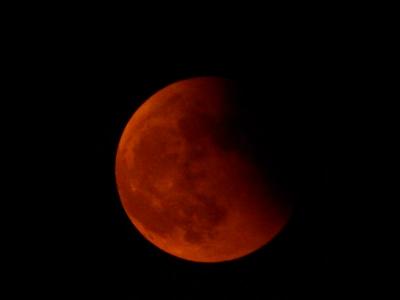
Get your camera ready. It only happens every 150 years or so. We’re going to have a super, bloody, blue, totally-eclipsing moon.
What is a super, bloody, blue, eclipsing moon? Why, it’s a super moon, that’s also a blue moon, that’s also a blood moon, that will undergo a total eclipse.
Super moons happen when the moon’s orbit around the earth is at perigee, when it’s closest to earth. That makes it look bigger; up to 14% bigger and 30% brighter than normal.
Blue moons happen when we have two full moons in a single month. This happens around once in every two and a half years.
Blood moons happen when the sun’s coloration reflects off the moon, giving it a reddish cast. It occurs along with a total lunar eclipse.
So what we will have tonight is a total eclipse of the full, super, blue moon, which will also show us a blood red blood moon. If you want to watch the eclipse, you will need to live in the right place and plan on getting up early.
The eclipse will occur not too long before sunrise on January 31. Unfortunately, those of us who live east of the Rockies won’t get to see much of the eclipse. In our time zones, the moon will either set or be setting as the eclipse occurs. But if you live in the western United States, you’ll have a front-row seat. So plan on taking photos to show the rest of us!













